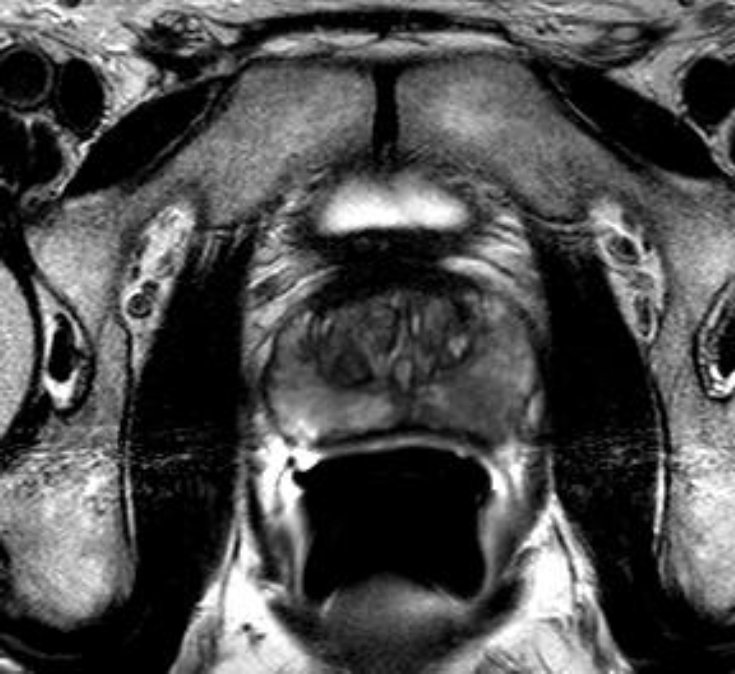
April 18, 2014 — Urologists at Rush University Medical Center are the first in Chicago to offer a powerful new tool for visualizing and monitoring the prostate in men who have high prostate-specific antigen (PSA) levels and in detecting prostate cancer more accurately.
The new technology combines or “fuses” magnetic resonance (MR) and ultrasound images uses electromagnetic tracking/guidance, similar to your car’s GPS system. A tiny tracking sensor is attached to an ultrasound probe and generates a small, localized electromagnetic field that helps determine the location and orientation of the biopsy device. A sophisticated computer program maintains the fusion of MR and ultrasound images, even when a patient moves.
If necessary, physicians can make a precisely targeted biopsy or direct sampling of tissue in areas within the prostate that seem suspicious. Currently prostate biopsies are “blind,” meaning physicians must randomly sample the prostate, an approach that has been in use since the 1980s.
“By fusing these MRI images with real-time ultrasound, prostate biopsy can now be targeted directly toward specific areas of interest in the prostate,” said Ajay Nehra, chairman of urology at Rush University Medical Center.
The process involves a 20-minute procedure done in the clinic under local anesthesia, compared with less accurate and older method of prostate biopsy. Many men require multiple biopsies in order to make sure that all potentially cancerous areas are identified. This technology eliminates the need for multiple biopsies, at times up to 21.
“This is a new way of identifying and specifically targeting suspicious prostate lesions. We believe it may have the potential to be a new standard in prostate care,” said Nehra.
“The use of fusion technology increases the accuracy of prostate biopsy to 97 percent,” said Charles McKiel Jr., professor of urology at Rush University Medical Center. “This technology allows us to see tumors that may be missed by conventional prostate biopsy.”
Based on this diagnostic technology, doctors at Rush will soon begin a new clinical research trial called “focal therapy” for men with prostate cancer confined to one small area. Focal therapy treats only the area that is cancerous rather than the entire prostate gland, according to McKiel.
Other than skin cancer, prostate cancer has become the most common form of cancer in American men and the second-leading cause of cancer death in this population. According to the American Cancer Society, 1 of 6 men will be diagnosed with prostate cancer during his lifetime. It is the second leading cause of cancer death in men behind lung cancer.
For more information: www.newswise.com/institutions/newsroom/2670


 April 24, 2024
April 24, 2024 








